33 Best Personalization in Email Marketing Techniques for (2023)
The Power of Personalization in Email Marketing: How to Drive Engagement and Conversions
Are you tired of sending out generic mass emails that go unnoticed? Looking to boost your customer engagement and conversions? Enter personalization in email marketing. Tailoring emails to individual recipients is the secret sauce that increases open and click-through rates and ultimately drives results.
Effective personalization in email marketing creates a sense of connection and relevance for subscribers, making them more likely to take action. But it’s not just about making your customers feel special – it’s about the bottom line too.
Personalized email campaigns have been shown to deliver higher ROI compared to their generic counterparts. So why settle for average when you can stand out from the crowd?
Personalization boosts engagement, drives conversions, and sets you apart from competitors. Let’s explore how you can leverage this game-changing strategy to maximize your email marketing success.
33 Best Personalization in Email Marketing Techniques for 2023
- Dynamic Content Insertion: Adjust content within emails based on individual subscriber preferences or behavior.
- Behavior-triggered Emails: Send personalized content based on user actions, like abandoned carts or website visits.
- Segmentation: Group subscribers based on shared characteristics, allowing for more tailored campaigns.
- Personalized Subject Lines: Include the recipient’s name or other personal details to increase open rates.
- Birthday and Anniversary Emails: Automate celebratory messages with special offers or greetings.
- Location-based Offers: Send promotions tailored to a subscriber’s location or local events.
- Personalized Product Recommendations: Use purchase history to suggest relevant products or services.
- Browse Abandonment Emails: Remind subscribers of products they’ve viewed but haven’t purchased.
- Feedback Request: Send personalized requests for feedback after a purchase or service experience.
- Interactive Content: Use quizzes or surveys to gather information and provide personalized solutions.
- A/B Testing: Continuously test personalized content to optimize engagement.
- Social Integration: Include content from a subscriber’s social media activity if they’ve shared it with you.
- Tailored Learning Paths: Tailor the learning path based on subscriber interests for educational content.
- Loyalty Program Updates: Send individualized updates on loyalty points or membership statuses.
- Custom Landing Pages: Direct email CTAs to landing pages tailored to the individual recipient.
- Personalized Imagery: Use images that resonate with the recipient’s demographics or preferences.
- Real-time Data Insertion: Integrate live data relevant to the recipient, like weather updates or event countdowns.
- Content Preferences: Allow subscribers to choose the type of content they wish to receive.
- Re-engagement Campaigns: Personalize messages to re-engage dormant subscribers.
- Personal Storytelling: Share stories that resonate with certain subscriber segments.
- Tailored Video Content: Embed videos personalized to the recipient’s preferences or past behaviors.
- User-generated Content: Showcase content like reviews or photos specific to the recipient.
- Purchase History Discounts: Offer discounts on products similar to those previously purchased.
- Subscription Anniversary: Celebrate the date a subscriber joined your email list.
- Custom Event Invitations: Send invitations to events based on a subscriber’s location or interests.
- Language and Cultural Personalization: Adapt content to fit the recipient’s language or cultural nuances.
- Dynamic Polls and Surveys: Include polls in emails and then personalize content based on responses.
- Behavior-based Tutorials: Offer how-to content or tutorials based on products a subscriber has purchased.
- Referral Programs: Personalize referral incentives based on what might appeal most to the subscriber.
- Time-sensitive Offers: Send offers that are more likely to appeal based on purchase history, just in time for decision-making.
- Frequency Adaptation: Adjust email sending frequency based on subscriber engagement levels.
- Tailored Testimonials: Share testimonials or reviews most relevant to a recipient’s interests.
- Customized Content Curation: Curate content from various sources based on a subscriber’s interests or past engagement.
Benefits of Personalization in Email Marketing
Email personalization is a game-changer for marketers, offering a range of benefits that can significantly enhance their email marketing efforts.
By leveraging the power of personalization, marketers can deliver targeted content that resonates with subscribers and builds stronger relationships with customers. Let’s explore the key advantages of email personalization:

- Delivering Targeted Content: With email personalization, marketers can tailor their messages based on subscriber preferences. By understanding individual interests and behaviors, marketers can send relevant content that grabs attention and drives engagement.
- Building Customer Loyalty: Personalized emails contribute to building stronger relationships with customers. When recipients receive emails that cater to their specific needs and preferences, they feel valued and understood. This fosters loyalty, leading to repeat purchases and long-term customer satisfaction.
- Segmentation for Tailored Messages: Marketers can segment their audience into different groups based on demographics, purchase history, or other relevant factors. This segmentation allows them to craft tailored messages that resonate with specific groups of subscribers. By sending personalized offers or recommendations, marketers increase the chances of conversion.
- Enhanced Customer Satisfaction: Personalized experiences lead to improved customer satisfaction levels. Customers who receive emails that address their unique needs or provide customized solutions feel more satisfied with their interactions with a brand or company. Happy customers are likelier to become loyal advocates and recommend the brand to others.
Email Personalization Strategies that Drive Engagement
Dynamic content insertion allows marketers to personalize emails based on user behavior or demographics. Marketers can create a more personalized and engaging experience by tailoring the content to individual recipients.
Using the recipient’s first name in the subject line or greeting adds a personal touch to the email. This simple gesture helps establish a connection with the recipient and makes them feel valued. It shows that the email is specifically meant for them, increasing the chances of engagement.
Behavioral triggers are another effective strategy for email personalization. Sending abandoned cart reminders or product recommendations based on previous purchases can significantly increase engagement.
These triggers tap into the recipient’s interests and preferences, providing relevant content and encouraging action.
A/B testing is crucial for optimizing campaign performance. Marketers can identify what resonates best with their audience by testing different elements of personalized emails, such as subject lines, call-to-action buttons, or content placement.
This iterative process helps refine and improve email campaigns over time.
Leveraging Data and Tools for Effective Email Personalization
Collecting relevant data such as purchase history, browsing behavior, or demographic information is crucial for effective personalization. By understanding customers’ preferences and behaviors, businesses can tailor their email campaigns to deliver personalized content that resonates with individual recipients.

CRM systems and marketing automation tools facilitate data collection and segmentation for personalized campaigns. These tools streamline the gathering of customer information from various sources, allowing marketers to create targeted segments based on specific criteria.
With this segmentation capability, businesses can send customized emails to different customer groups, increasing the chances of engagement and conversion.
Machine learning algorithms play a vital role in email personalization by analyzing large datasets to identify patterns and personalize email content accordingly. These algorithms can uncover hidden insights about customer preferences, enabling marketers to deliver highly relevant messages.
For instance, if a customer frequently purchases fitness-related products, machine learning algorithms can automatically recommend similar items or offer exclusive deals on fitness-related products.
Integration with e-commerce platforms allows real-time product recommendations based on user preferences. By connecting email marketing campaigns with online stores, businesses can leverage real-time data to suggest products that align with each recipient’s interests and previous purchase history.
This level of personalization not only enhances the customer experience but also increases the likelihood of generating sales.
Key Stats and Trends in Email Personalization
- 91% of consumers prefer personalized emails from brands they do business with, as it allows them to receive relevant offers and recommendations that cater to their preferences and needs. This personal touch enhances the customer experience and increases their likelihood of purchasing (Source: SmarterHQ).
- Marketers know the power of targeted personalization in email marketing, with 74% acknowledging that it boosts customer engagement. By tailoring content specifically to individuals based on their interests and behaviors, brands can effectively capture their attention and foster stronger connections (Source: Econsultancy).
- The demand for personalized emails is evident, as 86% of consumers prefer receiving customized messages from companies they have established relationships with. These tailored communications make customers feel valued and understood, strengthening brand loyalty (Source: Instapage).
- The global email marketing personalization market will reach $31.6 billion by 2025. This substantial growth reflects the increasing recognition among businesses about incorporating personalization strategies into their email campaigns to drive better results and maximize revenue potential (Source: Grand View Research).
Personalization in email marketing has become a game-changer for both consumers and marketers alike. By delivering relevant content tailored to each individual’s preferences, brands can forge deeper connections with their audience, increasing engagement, loyalty, and sales.
As we move forward into 2024 and beyond, these key stats highlight the significance of embracing email personalization as an essential strategy in any successful marketing campaign.
Remember:
- 91% of consumers prefer personalized emails for relevant offers.
- Targeted personalization increases customer engagement, according to 74% of marketers.
- Consumers value personalized emails from brands they do business with.
- The global email marketing personalization market will reach $31.6 billion by 2025.
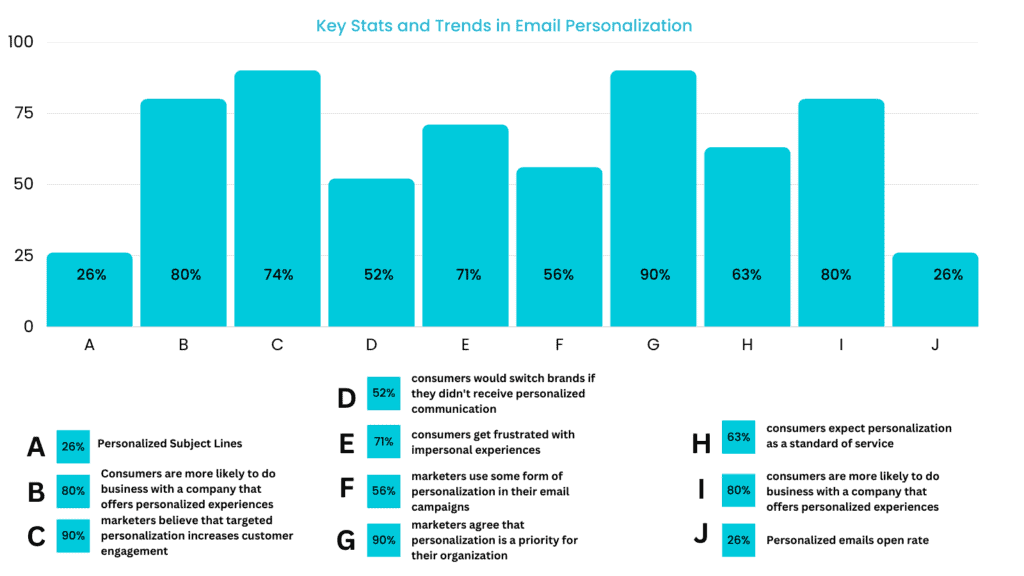
| Key Stats and Trends in Email Personalization |
|---|
| A. Personalized emails have a 29% higher open rate |
| B. 80% of consumers are more likely to purchase a brand that offers personalized experiences |
| C. 74% of marketers believe that targeted personalization increases customer engagement |
| D. 52% of consumers would switch brands if they didn’t receive personalized communication |
| E. 71% of consumers get frustrated with impersonal experiences |
| F. 56% of marketers use some form of personalization in their email campaigns |
| G. 90% of marketers agree that personalization is a priority for their organization |
| H. 63% of consumers expect personalization as a standard of service |
| I. 80% of consumers are more likely to do business with a company that offers personalized experiences |
| J. Personalized subject lines increase open rates by 26% |
Measuring the Success of Personalized Email Campaigns
Critical metrics for measuring personalized email campaign success include open, click-through, and conversion rates. These metrics provide valuable insights into the effectiveness of your campaigns and help you gauge their impact on your audience.
Tracking engagement levels is another crucial aspect of measuring campaign effectiveness. By monitoring factors such as time spent on emails or the number of pages visited after clicking, you can better understand how well your personalized emails resonate with recipients.
Analyzing revenue generated from personalized campaigns is essential in determining return on investment (ROI). This metric allows you to assess the financial success of your efforts and make informed decisions about future investments in personalization strategies.
To gather qualitative data on customer satisfaction, consider implementing surveys or monitoring social media sentiment. Feedback from customers provides valuable insights into their level of satisfaction with personalized email campaigns and helps identify areas for improvement.
Embracing Personalization for Email Marketing Success
In today’s competitive digital landscape, personalization in email marketing has become a crucial strategy for marketers. Businesses can forge stronger connections, increase engagement, and drive conversions by tailoring content to individual recipients. Let’s recap the key points discussed throughout this article:

- Benefits of Email Personalization for Marketers: Personalized emails have higher open rates, click-through rates, and conversion rates than generic mass emails. They enable marketers to deliver relevant content that resonates with each recipient’s interests and preferences.
- Email Personalization Strategies that Drive Engagement: From using dynamic content and segmentation to employing behavioral triggers and personalized recommendations, various strategies can enhance engagement levels in email campaigns.
- Leveraging Data and Tools for Effective Email Personalization: Utilizing customer data and leveraging automation tools can streamline personalization. Marketers can create highly targeted campaigns by harnessing insights from past interactions, purchase history, demographics, and browsing behavior.
- Key Stats and Trends in Email Personalization (2021): 2021 has witnessed significant advancements in email personalization techniques. From AI-driven personalization to hyper-personalized experiences based on real-time data, staying up-to-date with the latest trends is essential for maximizing campaign effectiveness.
- Measuring the Success of Personalized Email Campaigns: Tracking key metrics such as open rates, click-through rates, conversion rates, and revenue generated can provide valuable insights into the success of personalized email campaigns. Analyzing these metrics enables marketers to refine their strategies further.
To achieve email marketing success through personalization:
- Continuously optimize your personalization efforts based on data-driven insights.
- Experiment with different segmentation strategies to identify what works best for your target audience.
- Keep an eye on emerging trends in email personalization to stay ahead of the competition.
- Regularly analyze and refine your campaigns to maximize engagement and conversions.
Remember, personalized emails can create meaningful connections with your audience. By embracing personalization in email marketing, you can deliver tailored experiences that resonate with recipients, boost engagement, and drive business growth.
FAQs
Q: How can I collect the necessary data for email personalization?
To collect the data needed for email personalization, you can leverage various sources such as website analytics, purchase history, customer surveys, preference centers, and social media interactions. You can create more targeted and relevant campaigns by integrating these data points into your email marketing platform or CRM system.
Q: Is it worth investing in AI-driven personalization tools?
AI-driven personalization tools can significantly enhance the effectiveness of your email marketing efforts. These tools use machine learning algorithms to analyze vast data and deliver highly personalized content recommendations. Investing in such tools can help automate personalization while improving engagement rates and conversions.
Q: How often should I update my segmentation strategy?
Regularly reviewing and updating your segmentation strategy is crucial to ensure its relevance. As consumer preferences and behaviors evolve, you must adapt your segments accordingly. Consider analyzing customer feedback, tracking industry trends, and monitoring campaign performance to identify opportunities for refining your segmentation approach.
Q: Are there any privacy concerns associated with email personalization?
While implementing email personalization strategies, it’s essential to prioritize user privacy and comply with applicable data protection regulations such as GDPR or CCPA. Ensure that you obtain explicit consent from subscribers before collecting their data and provide clear opt-out options if they wish to unsubscribe or modify their preferences.
Q: Can I personalize emails without a large budget or extensive resources?
Yes!
Resources
Personalized marketing, also known as one-to-one marketing or individual marketing.
We’re reader-supported. We may earn an affiliate commission when you buy through links on our site.
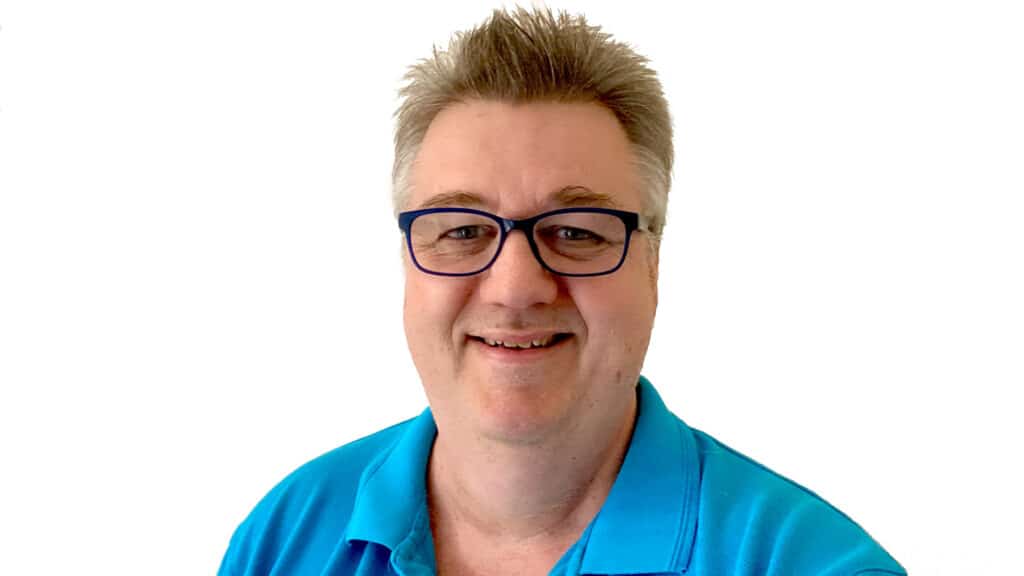
Angus Robertson is an authority in online marketing, affiliate marketing, and Search Engine Optimization (SEO). With an innate passion for the digital world, he has spent the last two decades assisting businesses in amplifying their online presence and boosting profitability.

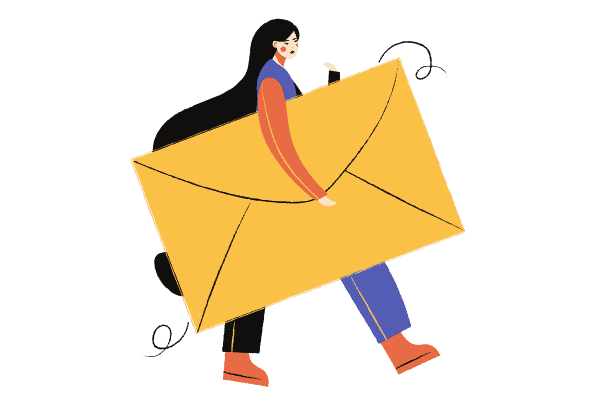
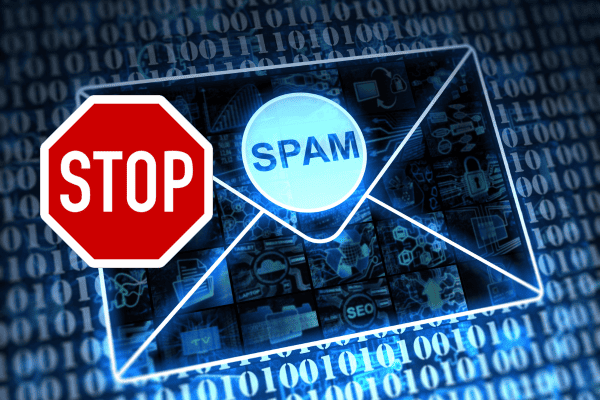


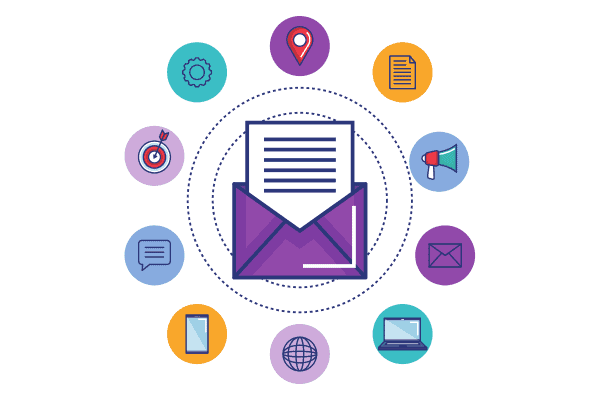
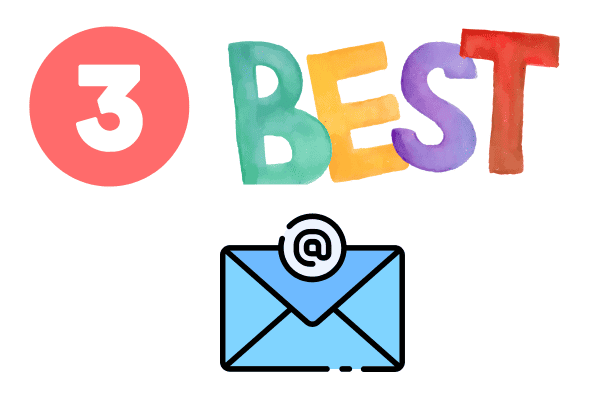
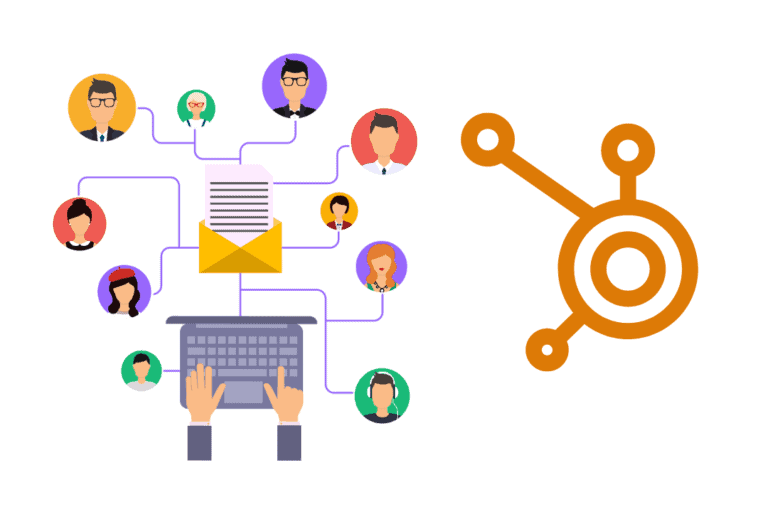
One Comment
Comments are closed.